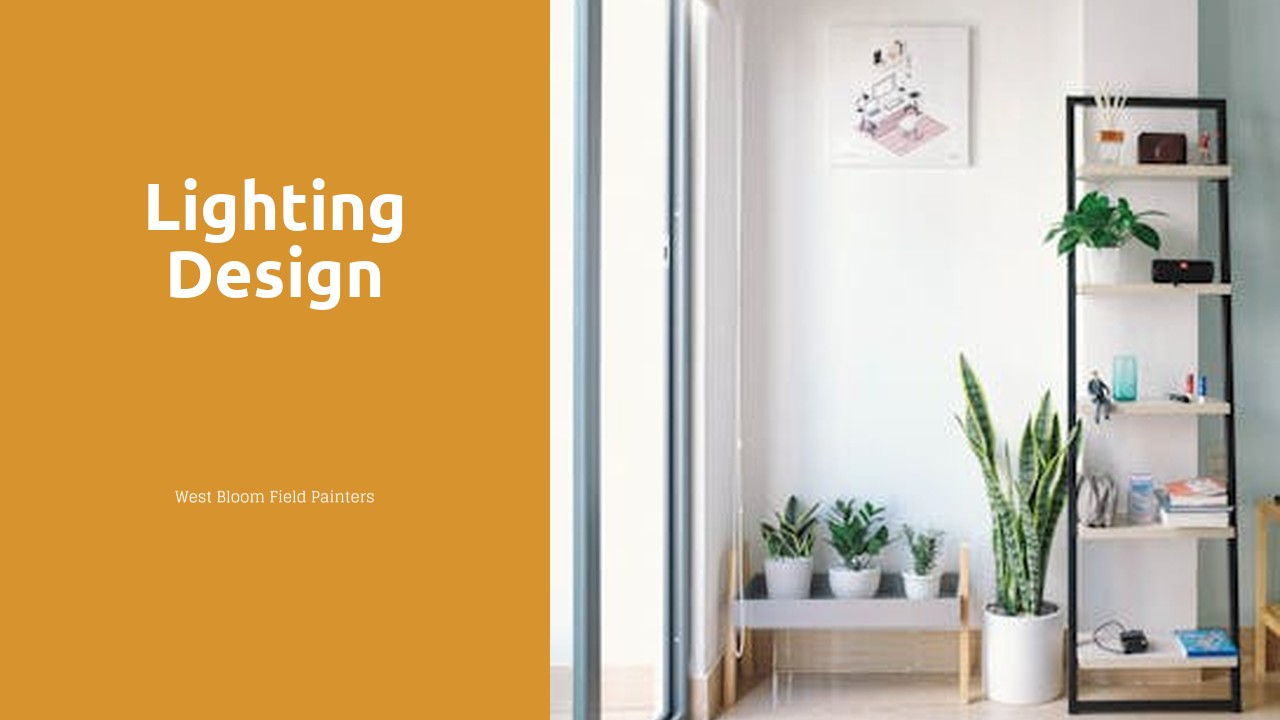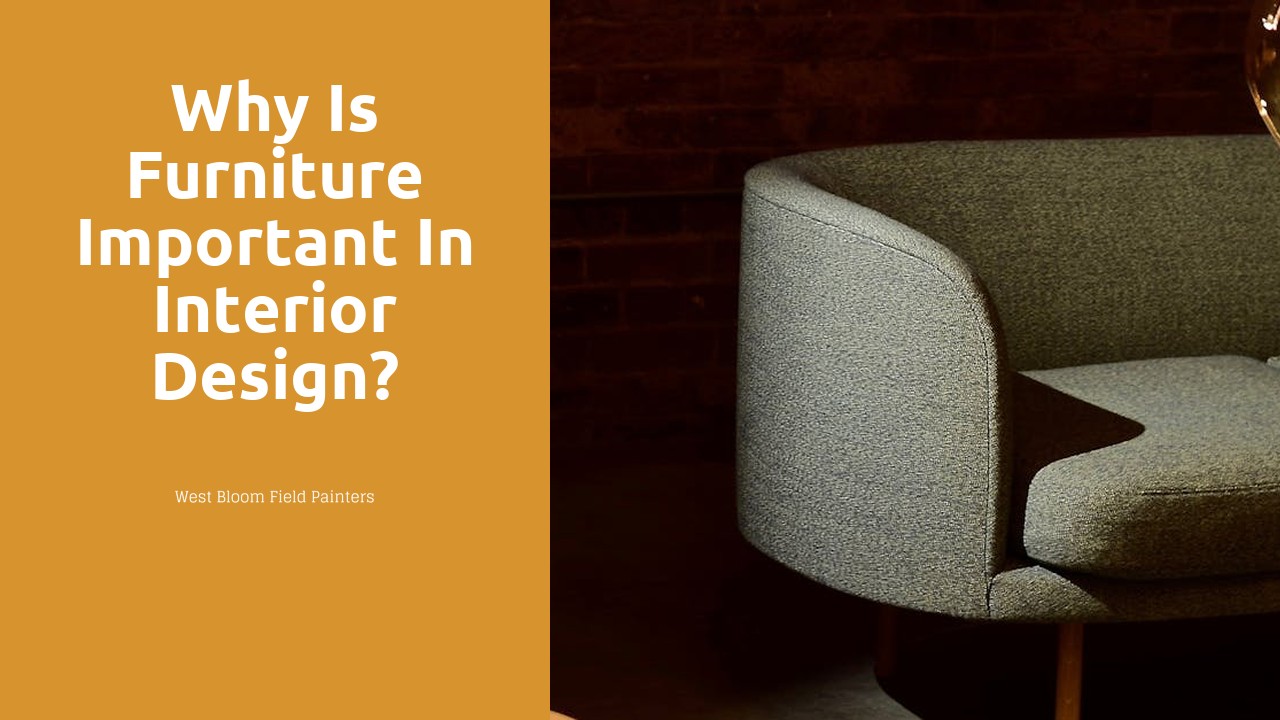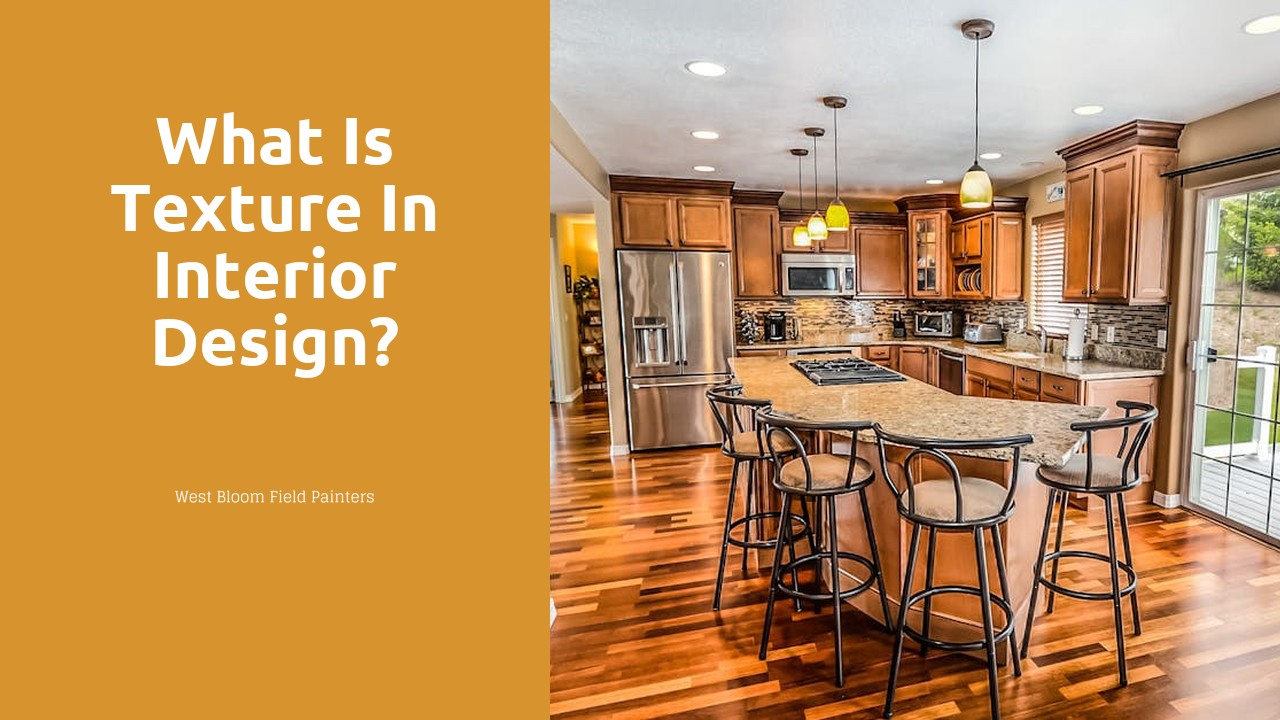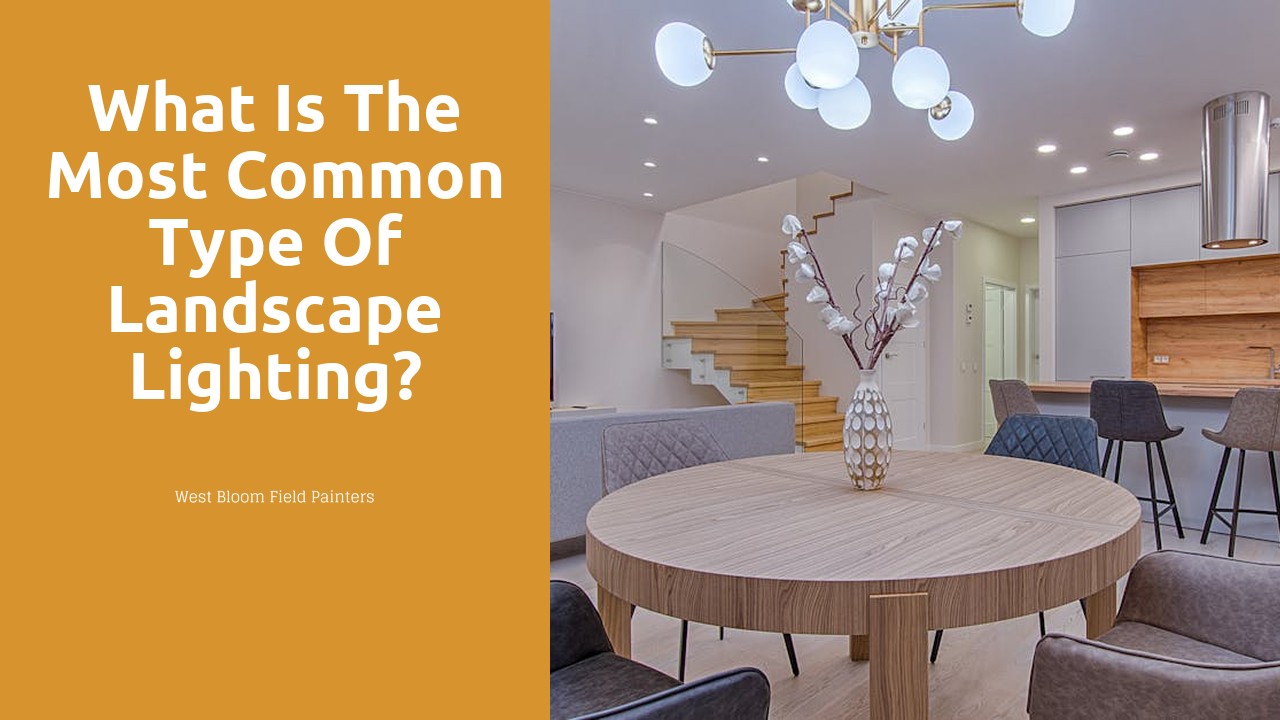
Table Of Contents
Legalities and Contracts
Legalities and Contracts
Before embarking on any interior design project in Ontario, it is crucial to address the legal aspects and have a comprehensive contract in place. This ensures that both parties, the designer and the client, are protected throughout the process. The contract should outline the scope of work, project timeline, fees involved, and responsibilities of each party. Lighting Design in Peterborough, for instance, should be clearly specified in the contract, including the type of lighting, placement, and any special considerations.
Moreover, the contract should also address issues such as insurance coverage, intellectual property rights, confidentiality agreements, and dispute resolution mechanisms. Having a well-drafted contract not only provides clarity and direction but also sets the foundation for a successful collaboration between the designer and the client. It is essential to seek legal advice when drafting or reviewing the contract to ensure both parties' interests are safeguarded throughout the interior design project.
Importance of Contracts in Interior Design Agreements
Contracts play a vital role in the world of interior design. A well-drafted contract clearly outlines the terms of the agreement between the client and the designer, ensuring that both parties are on the same page. In Ontario, a contract is not only a legal necessity but also a tool that helps protect both the client and the designer. For instance, when a client hires a designer for a home project like "Lighting Design in Newton Robinson," having a contract in place ensures that the scope of work, the project timeline, and the payment terms are clearly defined.
Additionally, contracts provide clarity and help manage expectations throughout the project. By detailing the responsibilities of both parties, contracts reduce the likelihood of misunderstandings or disputes arising later on. For instance, in a situation where the client wants to make changes to the original design plan for "Lighting Design in Newton Robinson," a contract with clear change order procedures can help ensure that any modifications are documented and approved by both parties.
Tips for Saving on Interior Design Costs
When it comes to saving on interior design costs, being strategic and thoughtful can make a significant difference. One effective way to save money is by repurposing existing furniture and decor items. Instead of purchasing new pieces, consider refurbishing or rearranging what you already own to breathe new life into your space. Another cost-saving tip is to prioritize areas where you spend most of your time. By focusing on key rooms like the living room or kitchen, you can allocate your budget to enhance these spaces without overspending on areas that see less use.
Understanding the importance of natural light and thoughtful lighting design in Quinte West can also help you save on interior design costs. By maximizing natural light through windows and strategically placing artificial lighting sources, you can create a well-lit and inviting atmosphere without breaking the bank. Additionally, opting for energy-efficient lighting solutions can not only save you money in the long run but also contribute to a more sustainable and eco-friendly design approach.
CostSaving Strategies for Home Renovations and Decor
When it comes to cost-saving strategies for home renovations and decor in Ontario, one effective way is to focus on DIY projects. Tackling tasks like painting walls, installing shelves, or even refurbishing furniture on your own can significantly reduce labour costs. Moreover, consider upcycling and repurposing items you already own or thrifted pieces to add a unique touch to your space without breaking the bank. Another strategy is to prioritize key areas for enhancement. Instead of completely renovating every corner of your home, identify high-impact areas such as the living room or kitchen and allocate your budget accordingly.
In addition to DIY projects and prioritization, another way to save on interior design costs is to explore energy-efficient upgrades. Enhancing the lighting design in Sarnia is a prime example. By switching to LED bulbs, incorporating natural light through well-placed windows, and considering motion sensor lights, not only can you save on electricity bills in the long run, but you can also add a modern and eco-friendly touch to your home. Remember, making thoughtful and strategic choices when it comes to renovating and decorating your living space can lead to substantial savings without compromising on style.
Understanding Payment Schedules
When it comes to interior design projects, understanding payment schedules is crucial for both the designer and the client. The payment schedule outlines how and when payments will be made throughout the project. This helps to eliminate misunderstandings and ensures that both parties are clear on financial expectations. In the charming town of Innisfil, where interior design services are in demand, having a structured payment schedule is essential for a successful project completion, especially when considering intricate aspects like Lighting Design in Innisfil.
Typically, payment schedules in interior design projects are broken down into instalments based on project milestones. For instance, the initial payment may be due upon signing the contract or at the start of the project. Subsequent payments can then be tied to specific points in the project timeline, such as the completion of the design concept or the installation of key elements like Lighting Design in Innisfil. This phased approach to payments not only helps with budgeting but also motivates timely project progress and completion. By clearly delineating payment expectations, both the designer and the client can focus on the creative aspects of the project with minimal financial distractions.
Structuring Payments in Interior Design Projects
When it comes to structuring payments for interior design projects, it is common practice for designers in Ontario to divide the total cost into instalments. For instance, the initial payment could be made as a retainer fee to secure the designer's services and begin the project. Then, subsequent payments could be scheduled at key project milestones such as completion of the design concept, initiation of the renovation work, or procurement of materials like Lighting Design in Newmarket.
Another approach is to link payments to specific deliverables or phases of the project. This method ensures that payments are made as certain project milestones are reached, providing both parties with clear expectations and accountability. For instance, the final payment could be tied to the completion and client approval of the final design, ensuring that the designer's work is fully compensated only upon successful project completion.
FAQS
What factors can influence the cost of interior design fees in Ontario?
The cost of interior design fees in Ontario can be influenced by various factors such as the experience of the designer, the scope of the project, the complexity of the design, and the location of the project.
Are interior design fees in Ontario typically charged at an hourly rate or a flat fee?
Interior design fees in Ontario can be charged either at an hourly rate or a flat fee, depending on the designer and the nature of the project. Some designers may also offer a combination of both hourly and flat fee options.
Is it common for interior designers in Ontario to provide a detailed breakdown of their fees?
Yes, it is common for interior designers in Ontario to provide a detailed breakdown of their fees, including the cost of materials, labour, and any other expenses associated with the project. This transparency helps clients understand what they are paying for and ensures there are no surprises.
Can I negotiate interior design fees with a designer in Ontario?
Yes, you can negotiate interior design fees with a designer in Ontario. It's important to have open communication with the designer about your budget and expectations to see if there is room for flexibility in their fee structure.
Are there any additional costs I should be aware of when hiring an interior designer in Ontario?
In addition to the designer's fees, there may be additional costs to consider such as materials, furniture, accessories, and any subcontractors that may be required for the project. It's important to discuss these potential costs upfront with your designer to avoid any surprises later on.





